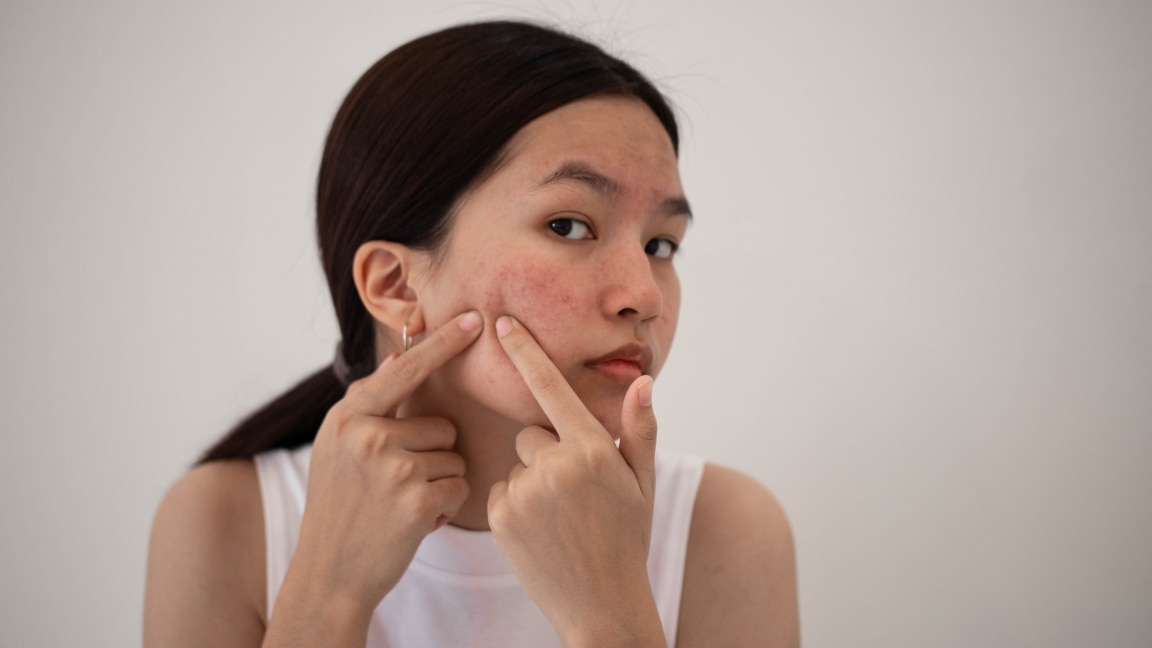If you find yourself battling breakouts that always seem to pop up in the same places—forehead, cheeks, chin—then the concept of an acne face map might offer you some clarity. Based on traditions like TCM and Ayurveda, it suggests that pimple locations may reflect internal health or lifestyle habits, helping you pinpoint triggers such as stress, diet, or daily routines.
In this article, we'll unpack what a face map is, explore what breakouts in each facial zone could mean, discuss how accurate this method really is, and give you actionable skincare and lifestyle tips—including a gentle product integration—so you can support your skin with intention.
01What Is an Acne Face Map?
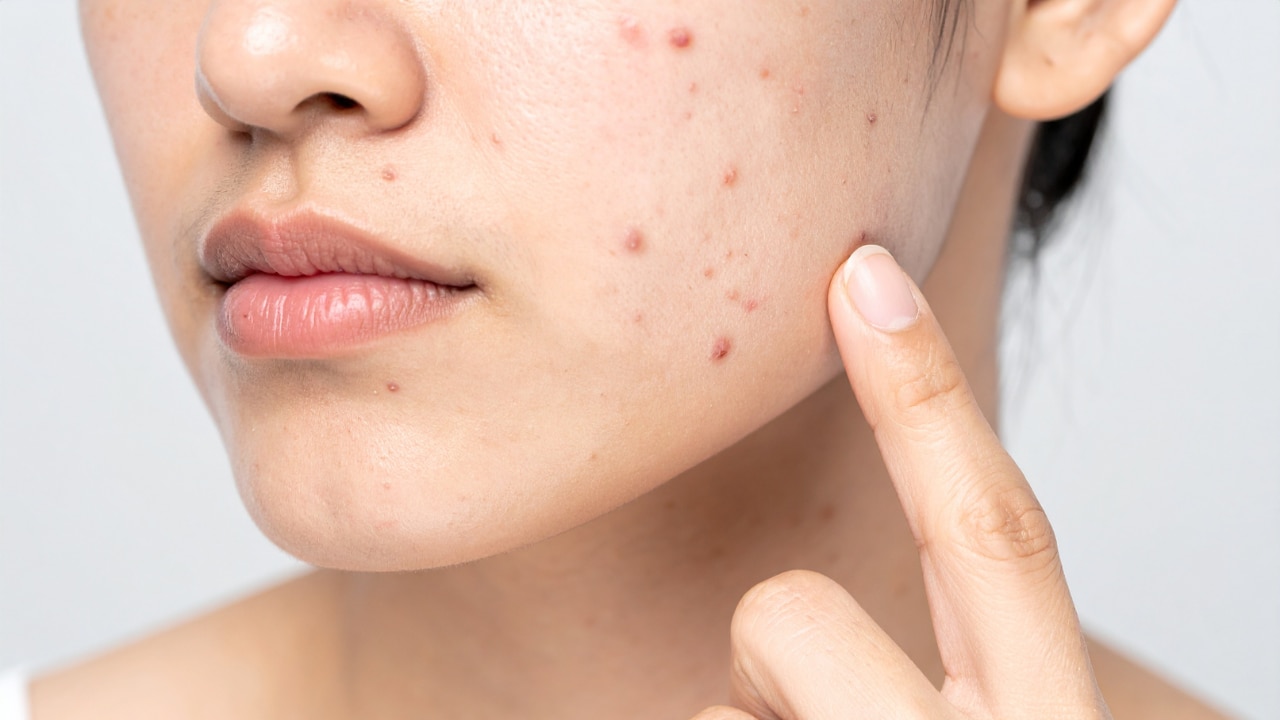
An acne face map is a visual and conceptual tool that assigns meaning to the locations of facial acne. In TCM, for example, certain facial zones are believed to correspond with specific internal organs or energetic systems: when something is out of balance internally (like digestion, hormones or stress), the skin may reflect that imbalance via breakouts in a linked zone.
While it draws on ancient practices, modern interpretations blend that tradition with contemporary skin‑care insight: the idea being that when your skin repeatedly breaks out in the same spot, it's worth looking beyond topical products and investigating lifestyle, diet or internal health. For example, recurring chin breakouts may point toward hormonal shifts, while constant cheek acne might invite a hygiene or environmental check.
02The Acne Face Map Breakdown: What Each Area Means
Below, we look at key facial zones, what might be happening behind the scenes when breakouts appear there, and quick fixes you can begin implementing today.
1. Forehead — Linked to Digestion and Stress
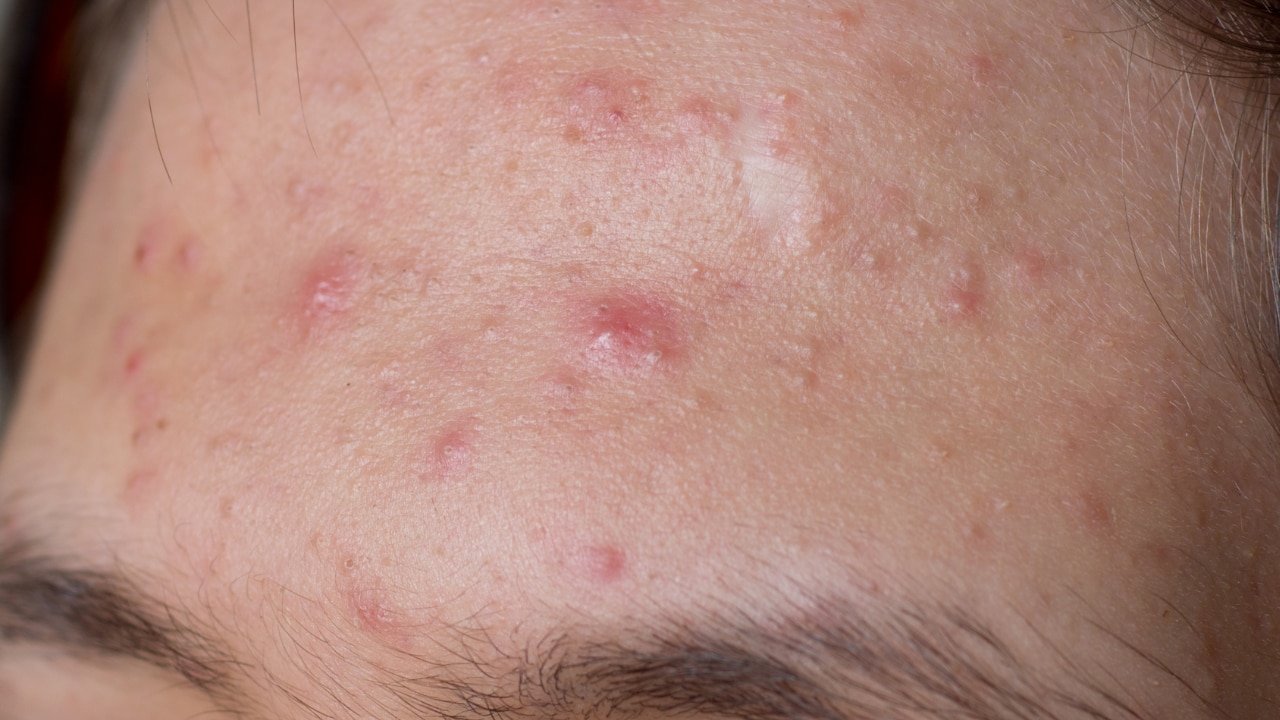
Breakouts across your forehead or upper scalp area often correspond in face mapping to the digestive system and stress‑levels. TCM suggests the forehead reflects the state of the stomach or small intestine, meaning unmanaged stress, irregular meals or heavy processed foods may be culprit.
Key causes:
- Skipping meals or irregular eating
- High caffeine/alcohol intake
- Poor sleep or high stress
- Excess oil production in hairline and scalp
Quick fixes:
- Begin your day with a gentle cleanse and opt for a balanced breakfast; pair this with the Simple Moisturising Facial Wash to remove overnight oil and impurities.
- Prioritise sleep: aim for 7–8 hours and establish a ritual to unwind before bed.
- Replace one cup of coffee or sugary drink with water or herbal tea.
- Use a gentle, non‑comedogenic moisturiser like the Simple Protecting Light Moisturiser to support skin barrier without triggering oiliness.
2. Between the Brows / Temples— Liver & Detox

The area between your brows and temples is traditionally linked to liver function and detoxification. Breakouts here may suggest overindulgence (like alcohol), processed food, or sluggish elimination of toxins.
Key causes:
- Heavy consumption of fried, fatty or processed foods
- Alcohol or smoking
- Stress or anger accumulation
- Hair/styling products trickling onto the skin
Quick fixes:
- Cut back on alcohol, deep‑fried foods and heavy sauces.
- Increase green vegetables, hydrating fruits and cruciferous veggies.
- Keep styling products away from the skin—rinse hair thoroughly, change pillowcases regularly.
- Continue using your moisturiser and cleanser routine above; layer in the Simple 10% Niacinamide + Pro‑Vit B5 Booster Serum at night to support uneven tone and barrier strength.
3. Cheeks – Respiration, Environment & Hygiene
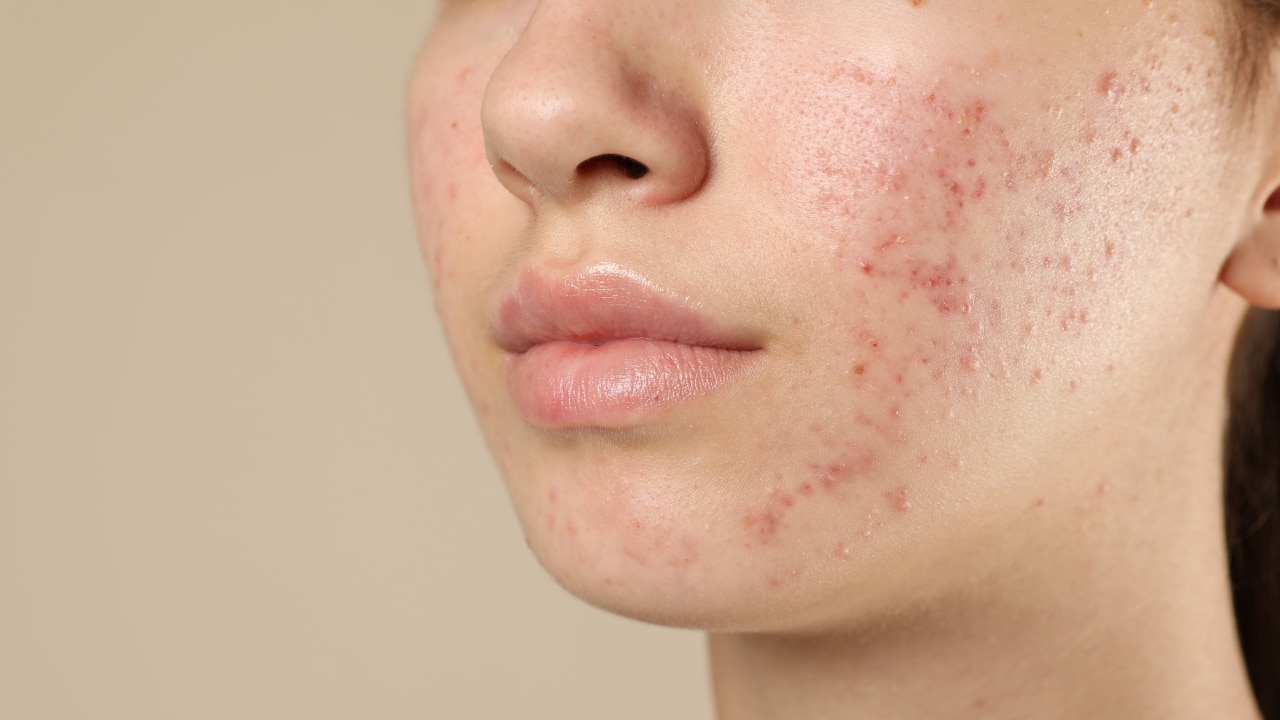
Breakouts on your cheeks can be influenced by respiratory health (for example pollution or smoking) or environmental factors like dirty phone screens, pillowcases, or heavy side‑sleeping habits. Clinicians have pointed out this zone tends to reflect lifestyle interactions more than internal organ issues.
Key causes:
- Touching your face or phone screen often
- Sleeping on one side repeatedly with non‑clean pillowcovers
- Air pollution exposure or smoking
- Makeup and skincare products not fully removed
Quick fixes:
- Clean your phone screen midday and swap your pillowcase every 2‑3 nights.
- After exposure to dust/pollution, use your Simple Moisturising Facial Wash and follow with your Protecting Light Moisturiser.
- Avoid heavy makeup on stressed skin days; give the skin a breather.
- Consider adding weekly gentle exfoliation (salicylic acid or enzyme) when your skin can tolerate it.
4. Nose & Upper Lip – Oil Production, Liver & Heart

The nose area is rich in oil glands, and habitual breakouts here often trace back to clogged pores. Face‑mapping traditions also link the nose to heart/liver functions, though scientifically the oils + environment explanation is more grounded.
Key causes:
- Excess oil production or sweat
- Using heavy‑cream products that clog pores in the T‑zone
- Processed diet or internal stress
- Touching or digging at the nose
Quick fixes:
- Ensure your skincare in the T‑zone is lightweight; a gel or light lotion works best.
- In the morning: cleanser → niacinamide serum → Protecting Light Moisturiser.
- Midday: blot gently instead of piling more product.
- Night: double cleanse if you use heavy makeup or sunscreen, then apply your booster serum and moisturiser.
5. Chin & Jawline – Hormones & Digestive/Elimination Systems
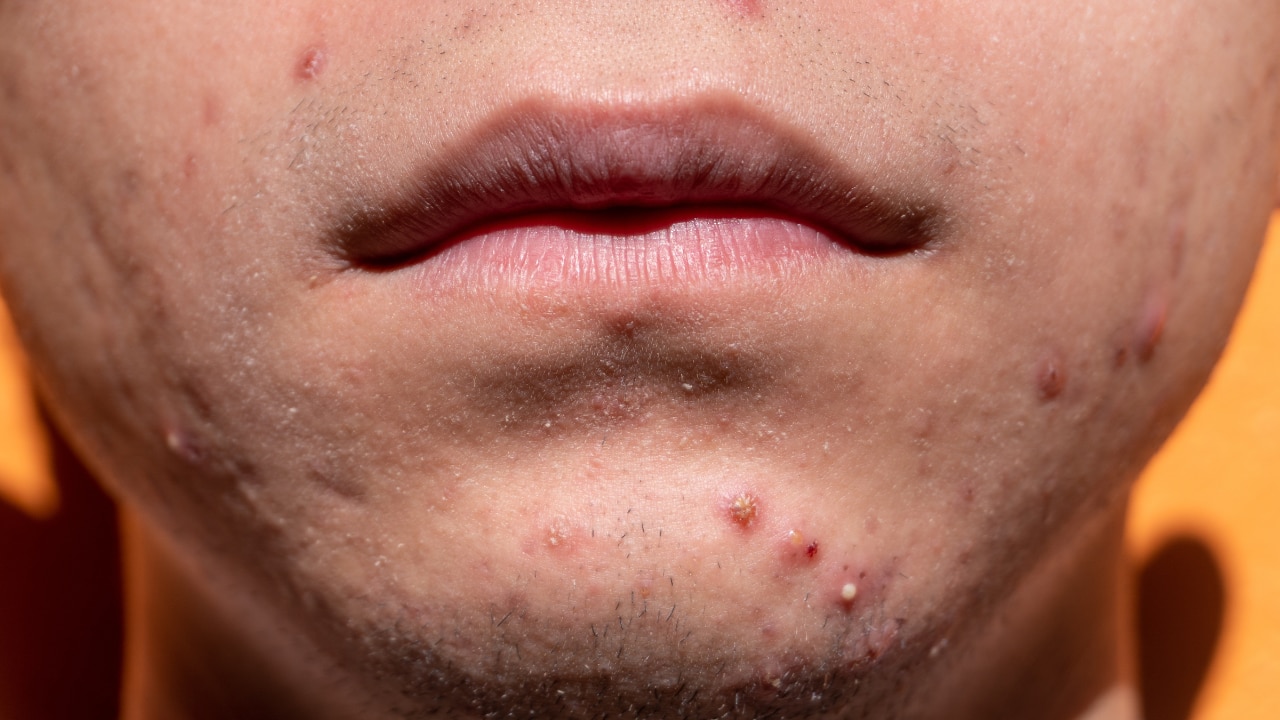
The lower face—chin and jawline—is one of the most consistent trouble zones for hormonal breakouts. Both Western dermatology and TCM agree that acne in this region often corresponds with hormonal imbalances, menstrual cycles, or elimination issues.
Key causes:
- Hormonal shifts (pre‑menstrual, puberty, contraceptives)
- Diet high in dairy, sugar or refined carbs
- Gut or elimination issues (constipation, slow transit)
- Sleep deprivation or elevated stress
Quick fixes:
- Keep your skincare routine consistent: Gentle wash → booster serum → light moisturiser.
- Monitor your cycle and note whether chin breakouts align with pre‑menstrual phases—this offers clues.
- Eat fibre‑rich foods, stay hydrated, and consider probiotics to support gut health.
- Limit dairy and high‑GI snacks when breakouts cluster. If breakouts are deep, painful or persistent, a dermatologist visit is recommended.
03How Accurate Is Face Mapping for Acne?
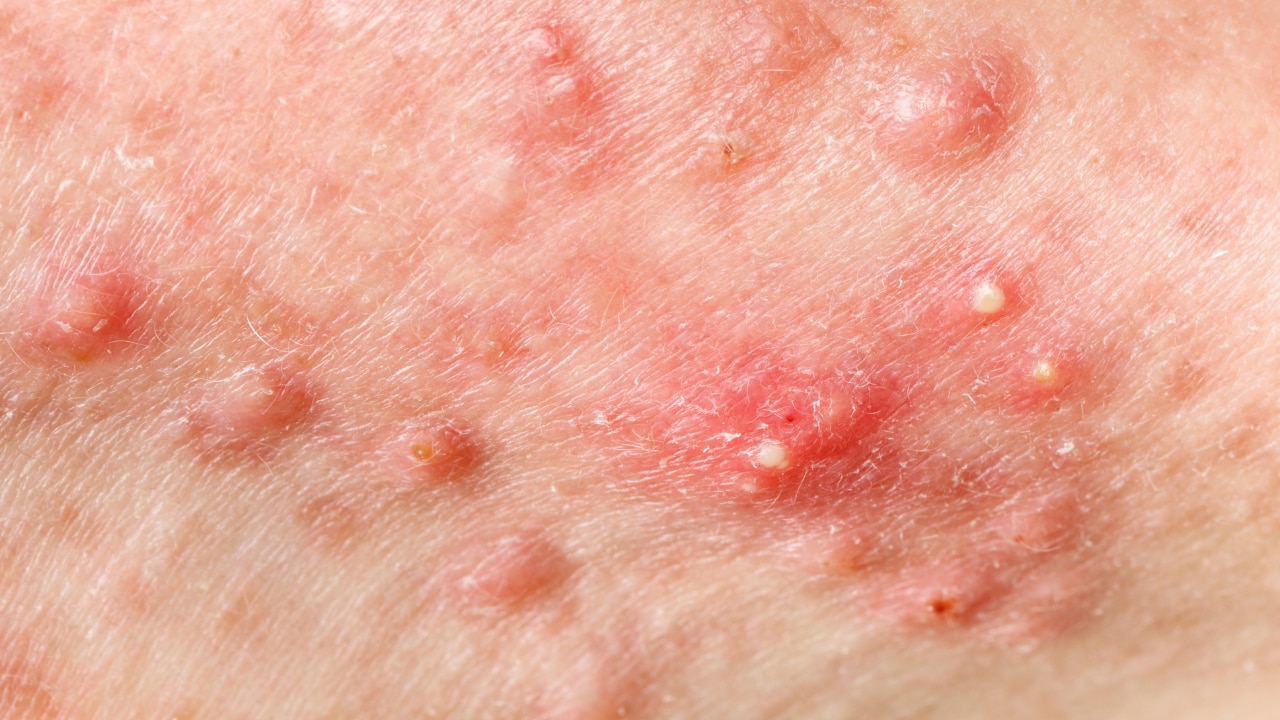
It's important to be frank: while acne face mapping is an intriguing tool, it is not scientifically proven. The idea that each breakout location corresponds directly to a specific internal organ lacks rigorous medical evidence. Experts caution that many factors (oil production, clogged pores, bacteria, hormones) are far more significant in acne's causation.
That said, where face mapping does offer value is in helping you track patterns. If you consistently breakout in the same spot, it's worth scrutinising your habit, skincare, diet or lifestyle. For instance, repeated cheek breakouts may prompt you to clean your phone or pillow more often; recurrent chin breakouts may nudge you to observe hormonal patterns or change snack habits. In this way, face mapping serves as a guide rather than a diagnosis.
04How to Treat Acne According to the Face Map
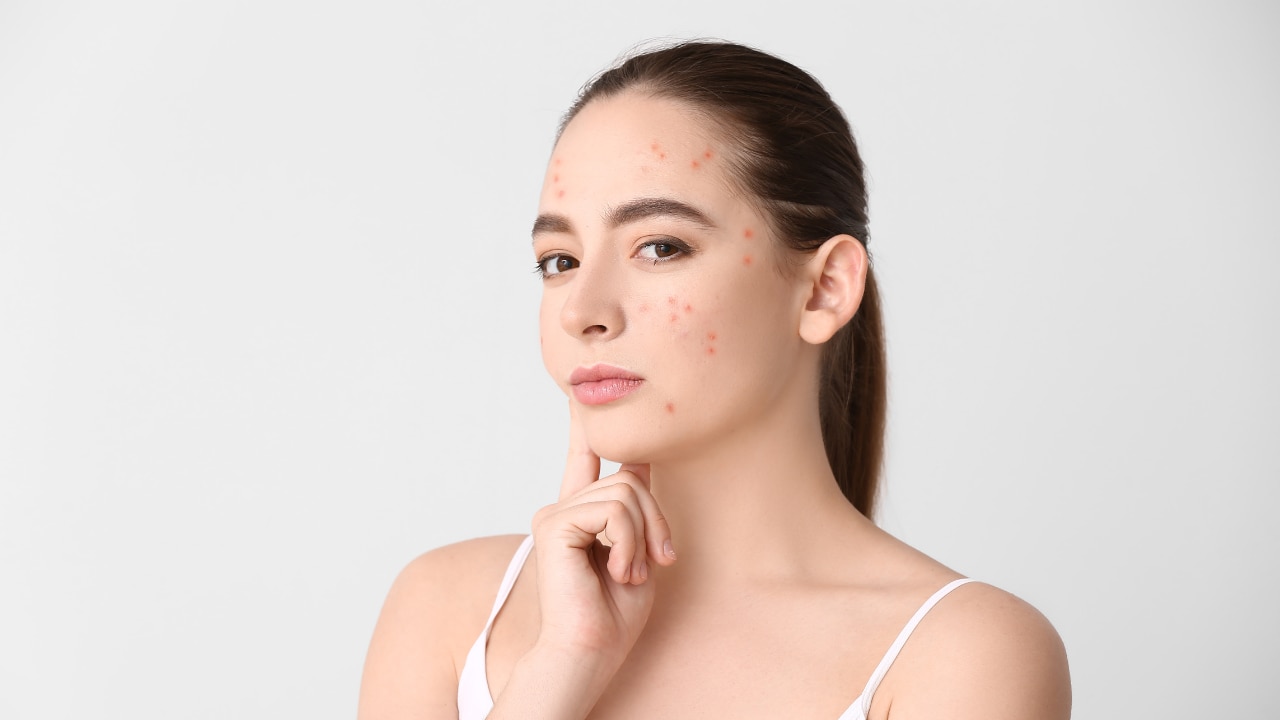
Here's a practical set of skincare and lifestyle pointers based on what your breakout zone suggests:
- Double‑cleanse at night if you wear sunscreen or makeup: begin with the Gentle Wash, followed by a light balm or micellar step if needed.
- Use the Simple Niacinamide + Pro‑Vit B5 Booster Serum nightly to support skin texture, clarity and barrier health.
- Follow with the Simple Protecting Light Moisturiser to keep skin hydrated without adding excess weight or occlusion.
- Adjust diet: Incorporate more green vegetables, whole grains, fermented foods and water; reduce sugar, processed junk and high‑fat meals.
- Manage sleep and stress: Aim for consistent sleep patterns, evening wind‑down routines, and some stress‑reduction (walks, breathing, yoga).
- Clean environment: Change pillowcases every 2‑3 nights, wipe down phone screens, avoid greasy hair products dripping onto your complexion.
- Track habits: Note when you breakout (time of month, food eaten, stress levels, product changes) to find patterns.
- Seek professional help: For persistent, cystic, or scar‑forming acne, consult a dermatologist—face mapping is supportive, not replacement for diagnosis.
05Prevention Tips for Clear Skin

- Wash your face twice a day with a gentle, non‑stripping cleanser.
- Keep moisturising daily—even oily skin benefits—using a lightweight formula like Protecting Light Moisturiser.
- Patch test new products and simplify your routine if you notice worse breakouts.
- Drink at least 6–8 glasses of water a day; hydration supports skin and digestion.
- Choose sheets and pillowcases made from breathable cotton, and launder fabrics in gentle, fragrance‑free detergent.
- Minimise touching your face, especially after using your phone or applying hair products.
- Maintain consistent sleep times and wind down at least 30 minutes before bed.
- Eat diverse and whole‑food‑rich meals; include vegetables, healthy fats and fermented foods.
- For hormonal fluctuation zones (chin/jaw), note your cycle and consider speaking to your doctor about hormonal balance if required.
06Conclusion
The acne face map is less about reading your face like a crystal ball and more about listening to your skin's messages. While the linking of each breakout zone to specific organs may not be backed by solid scientific proof, the real value lies in observing patterns, aligning skincare with lifestyle, and treating your skin holistically.
By combining thoughtful skincare—such as the Simple Moisturising Facial Wash, Simple Protecting Light Moisturiser and Simple 10% Niacinamide + Pro‑Vit B5 Booster Serum—with lifestyle tweaks tailored to your breakout zones, you're offering your skin deeper support. Think of your skin as the messenger—it tells you things you might otherwise overlook: poor sleep, too much stress, diet choices or environmental factors.
When you respond with consistency, kindness and awareness, you're not just treating acne—you're supporting your skin's journey toward balance.
07FAQs
Q1. What is acne face mapping?
Acne face mapping is a method that correlates the location of facial breakouts with underlying lifestyle or internal health factors. It draws from old‑school practices in TCM and Ayurveda.
Q2. How accurate is it?
It's a helpful tool for spotting patterns but not a substitute for professional diagnosis. Many factors contribute to acne and location alone doesn't guarantee one cause.
Q3. How do I calculate what my breakout zone means?
Observe where your breakouts occur, then refer to common associations (forehead = digestion/stress, chin = hormones, cheeks = hygiene/enviro). Use that insight to adjust habits and skincare.
Q4. Which skincare products should I use?
Aim for products that cleanse gently, support the skin barrier, and use actives like niacinamide for calming texture and oil. Integrate the Simple product trio mentioned above to support your routine.
Q5.How long does it take to see results from acne mapping?
Results from acne mapping can typically be seen within 4 to 6 weeks, depending on skin type and treatment consistency.

